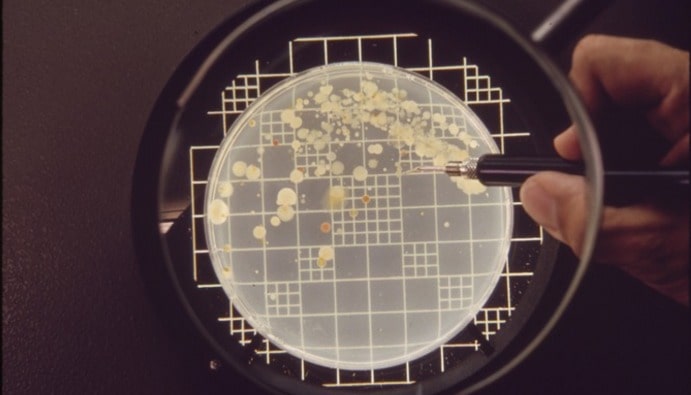Yeast and Mold Count in Cosmetics
The ISO 16212 standard covers the test method for the detection of yeast and mold in cosmetic products. Microbiological tests are the most important tests carried out to determine product quality for the health and safety of consumers. Yeast and Mold Counting, performed within the scope of microbiological tests, is based on the principle of counting colonies on selective agar medium after aerobic incubation within the scope of ISO 16212.Yeast and mold count should be performed in cosmetics such as products with low water activity or extreme pH values, hydro-alcoholic products, which are thought to pose a low microbiological risk. Normative standards within the scope of the standard:
- ISO 21148, Cosmetics — Microbiology — General instructions for microbiological examination
- EN 12353, Chemical disinfectants and antiseptics - Bactericidal (including Legionella), mycobactericidal, sporicidal, fungicidal and protection of test organisms used to determine virucidal (including bacteriophages) activity
The definition of yeast and mold within the scope of the standard is:
1. Unicellular fungus capable of growing under the test conditions indicated, mainly vegetatively by budding
2. Enumeration of mycelium-forming microfungi, including spores and conidia, that can grow under specified test conditions
Yeast and mold; can be performed with 2 different methods as plaque counting and membrane filtration methods.
Nanolab Cosmetic Analysis Laboratory performs Yeast and Mold Counting in Cosmetics as accredited. You can contact us for details.


